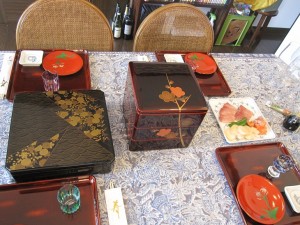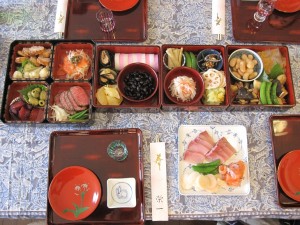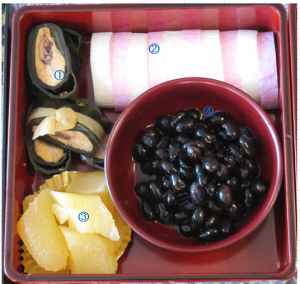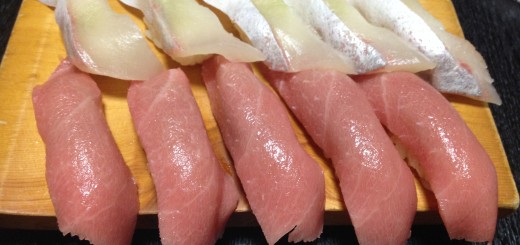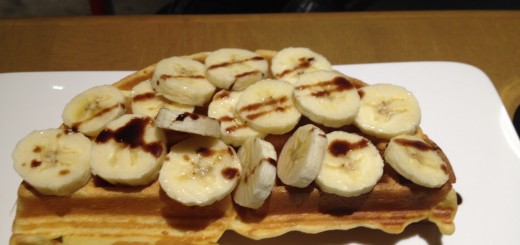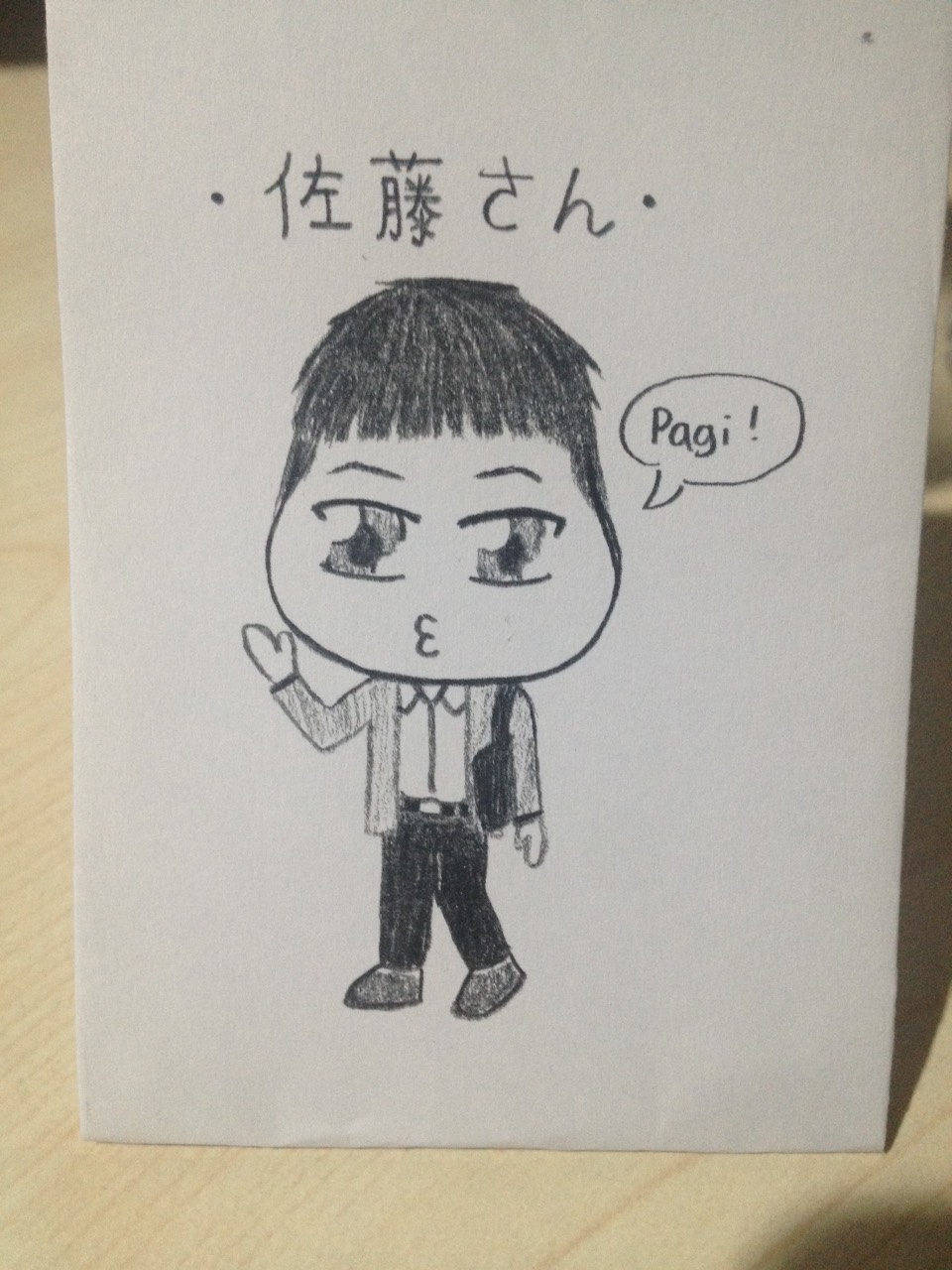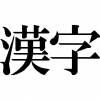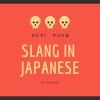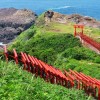Traditional Osechi ryori in Japan – おせち料理
(Updated: 3rd January 2022)
Today is the third day of January. Usually first three days are New Year Holiday in Japan.
This is post about ” How we Japanese sepend New Year Holiday”
I would like to introduce traditional Osechi (おせち) food for New Year’s holidays in Japan and its meaning.
What is Osechi Ryori?
Osechi-ryori is specially-prepared New Year’s dishes to be eaten during the first three days of January. Most dishes are cooked in order to be preserved for at least three days so no one has to cook during that period. In addtion, during holidays, many guests such as family and friends come home to say new year’s greeting. We entertain guests with these special foods.
Various kinds of beautifully-prepared dishes are set in boxes.
Ingredients used in Osechi ryori are food from sea and mountain. Each dish has its own meaning actually. Here are some explanations. These dishes in pictures are made by my mom.
Meaning of each dish
① Kobumaki(こぶまき、昆布巻き、Kelp Rolled Pond Smelt with Roe)
A sysbol of Spreading Joy.
Kombu is sea weed, kelp. Yorokobu, joy in English, is similar sound of kombu. Tying kombu in both ends represents good and steady result and happiness.
② Kamaboko ( かまぼこ、蒲鉾、Red & White Fish Cake)
A symbol of Happiness and Holiness.
Kamaboko represents sunrise and red and white colored ones are often used in Osechi ryori. Red color means happiness and joy while white color means holiness.
③ Kazunoko(かずのこ、数の子、Salted Herring Roe)
A symbol of Prosperity of Descendants.
Kazunoko is made from herring roe. This represents to be blessed with children and to wish prosperity for children.
④ Kuromane (くろまめ、黒豆、Simmered Black Soy Beans with Sugar)
A symbol of Strength and Good Health.
Mame means beans and same sound as “mame ni hataraku まめにはたらく” meaning working hard or devoting oneself. This food represents work hard with good healthy.
⑤ Tataki gobou(たたきごぼう、叩きごぼう、smashed burdock)
A symbol of Welcoming good-luck.
Burdock (gobou) is a vegetable with thin and long root in land. This dish is made boiled soft burdock and we hit and open with stick or knife although burdock itself is hard food. That represents opening and welcoming good-luck.
⑥ Tadukuri(たづくり、田作り、candied dried sardines)
A symbol of Huge Harvest.
Traditionally, we use fishes as fertilizer in rice field with wishing huge harvest. So this food means wishing huge wealth to your family.
⑦ Kouhaku namasu(こうはくなます、紅白なます、Vegetables in Sweetened Vinegar)
A symbol of Celebration.
This dish is made from white radish and red carrot and raw fish with vinegar. Red color means happiness and joy while white color means holiness. Same as the meaning of Kamaboko.
⑧ Kurikinton (くりきんとん、栗きんとん、Mashed Sweet Chestnuts)
A symbol of Wealth and Good luck.
This looks golden right? So this represents golden fortune. We eat this with wishing good fortune this year.
In Summary
Most foods in Osechi dises have its own meaning relating to wishing happiness, health and fortune and so on that year. Interestingly, some meanings of dishes comes from the name of ingredients.
How was this post about Japanese tradition food in New Year holiday?
If you like this or feel this is useful, please share on Facebook and retweet on Twitter!
